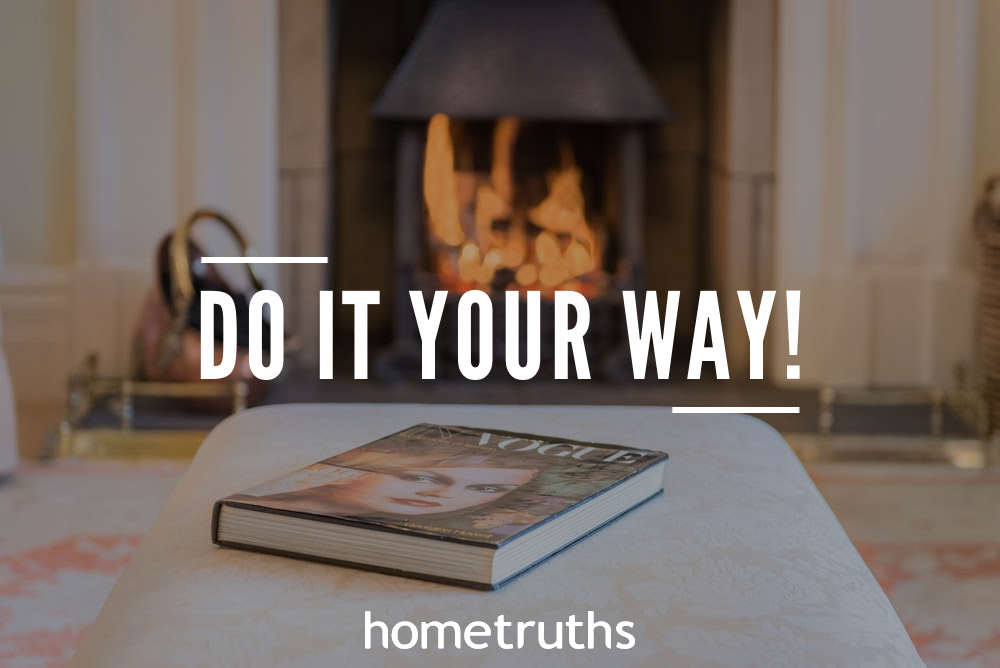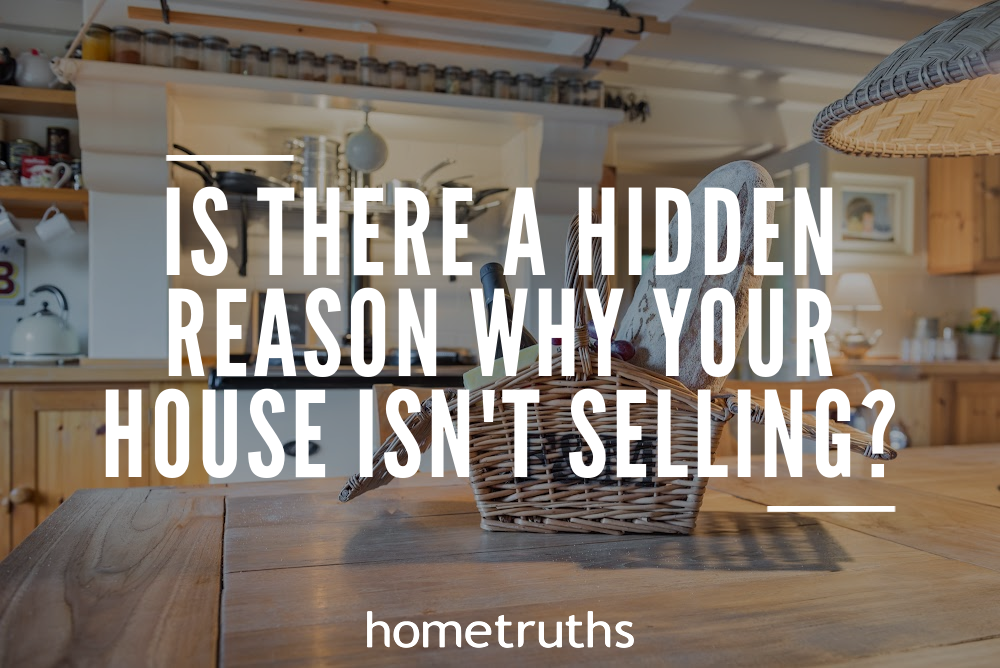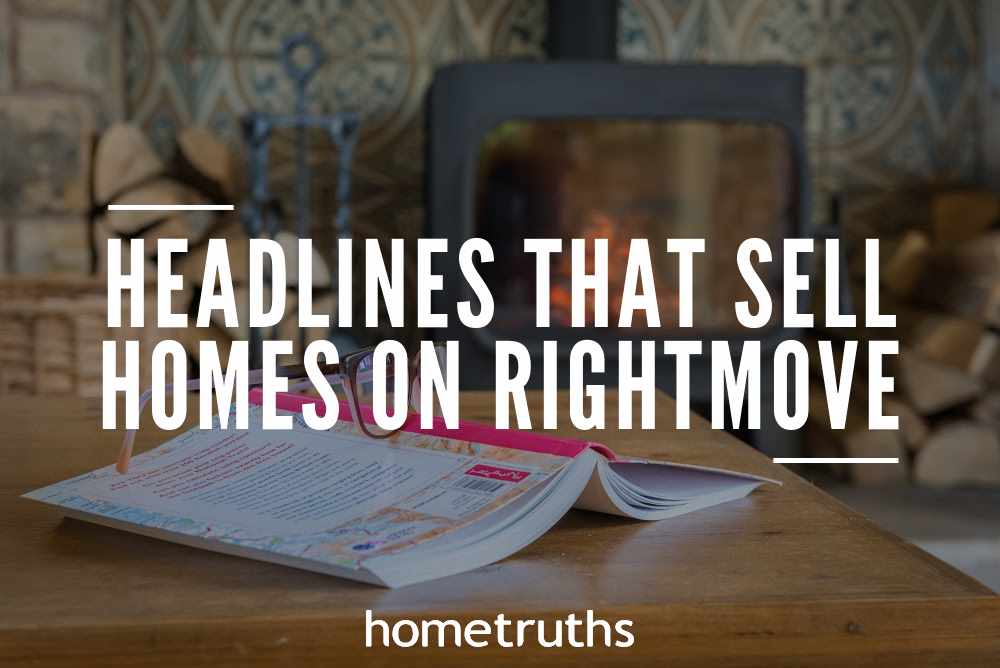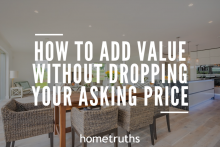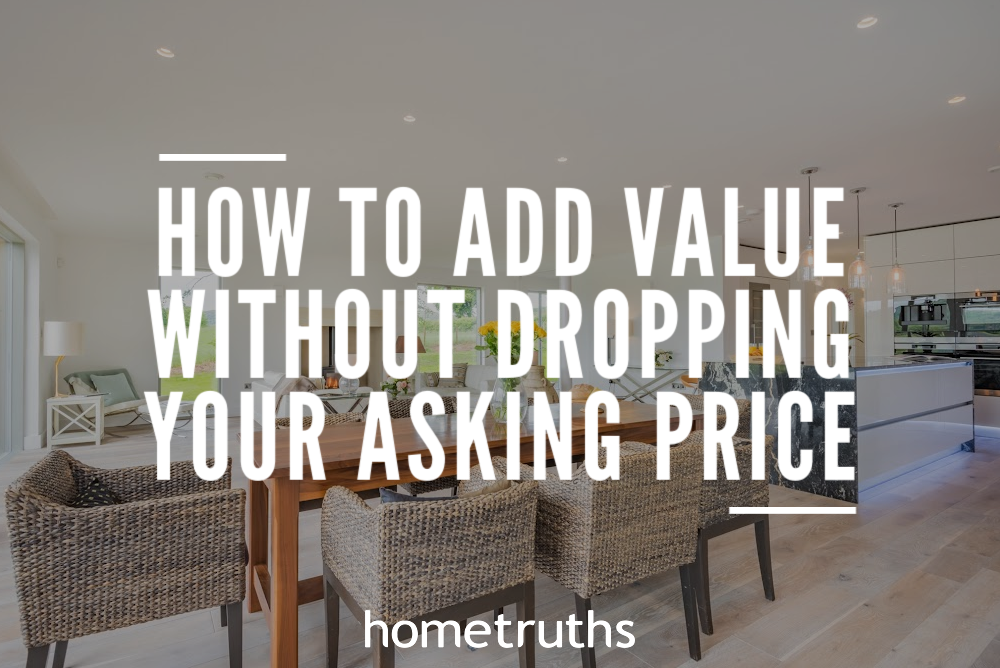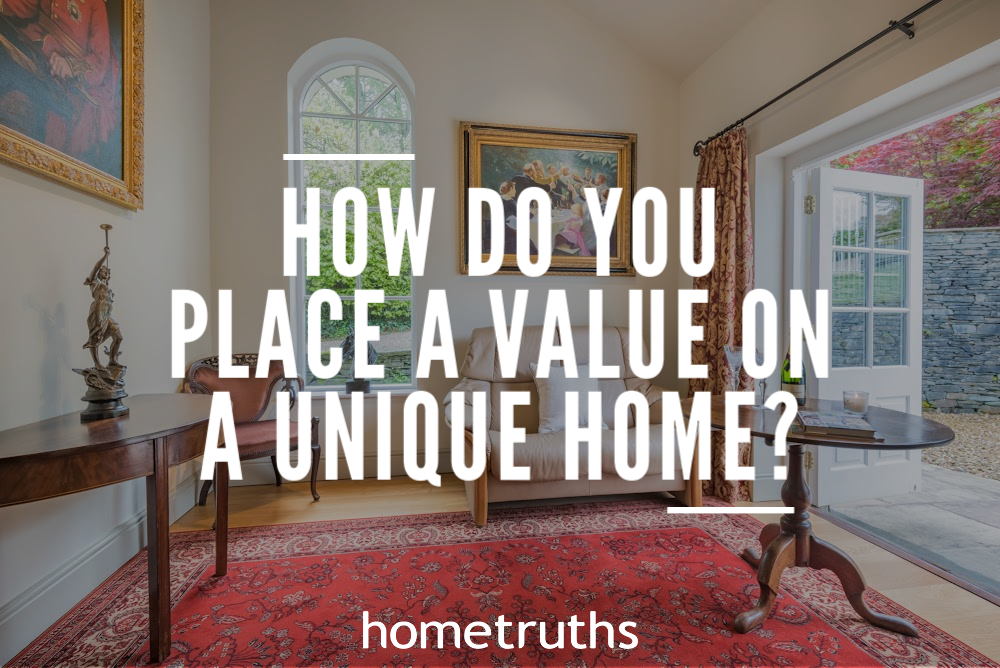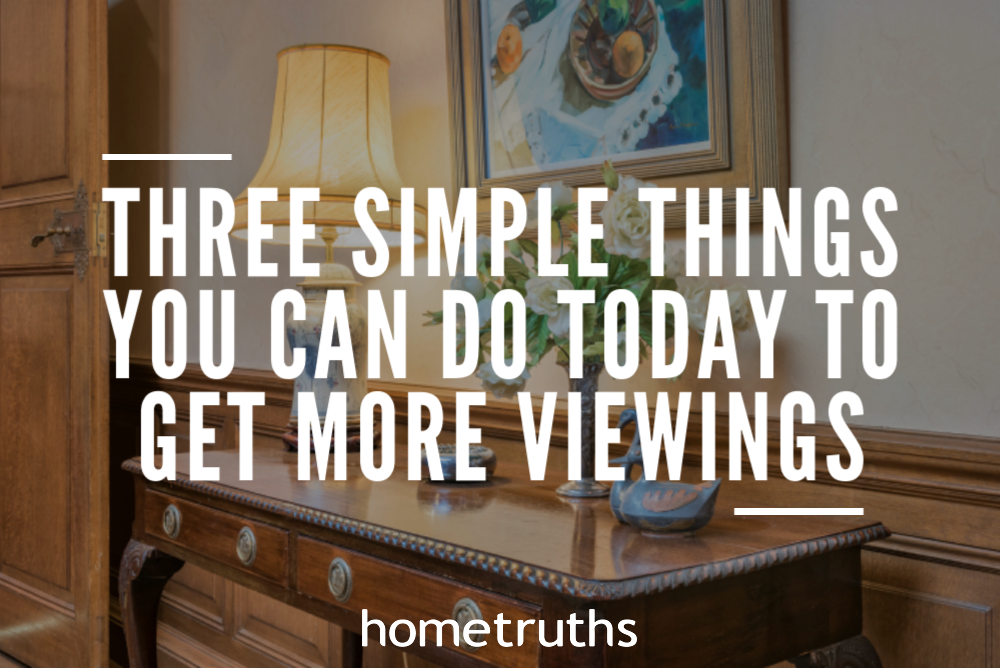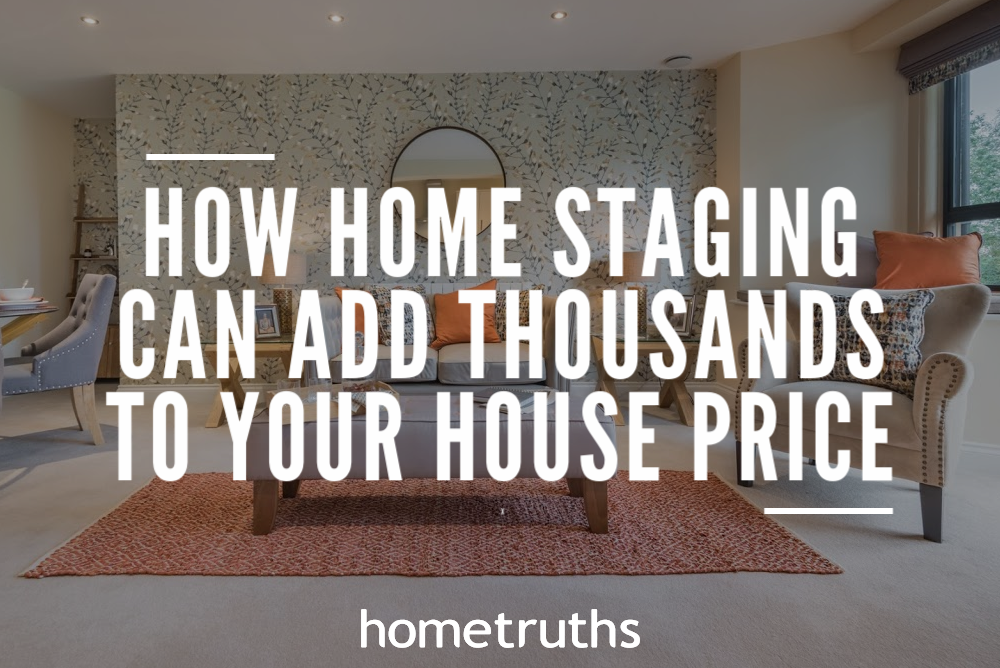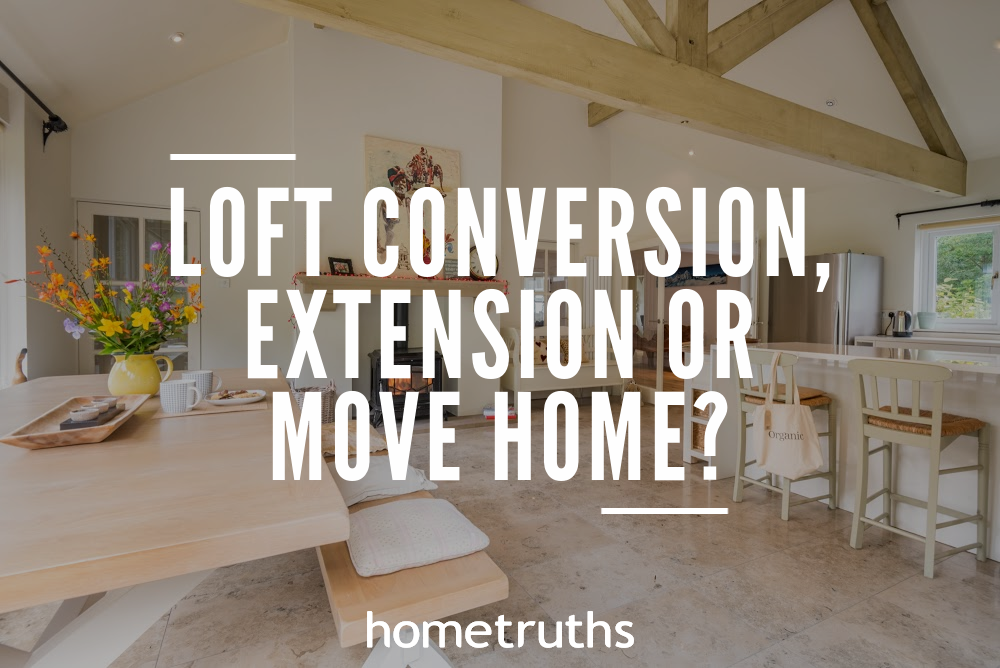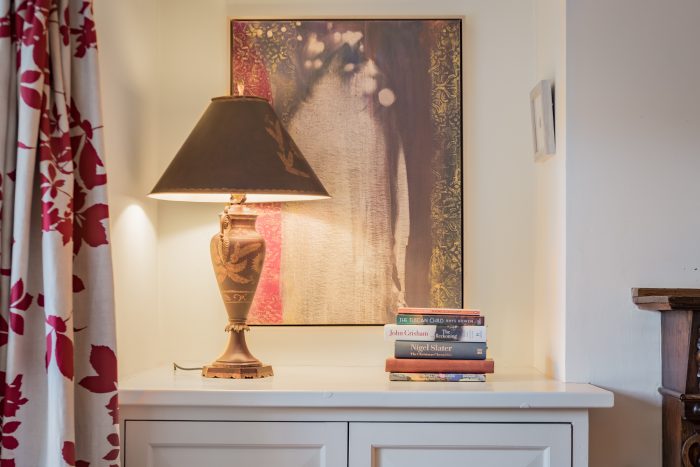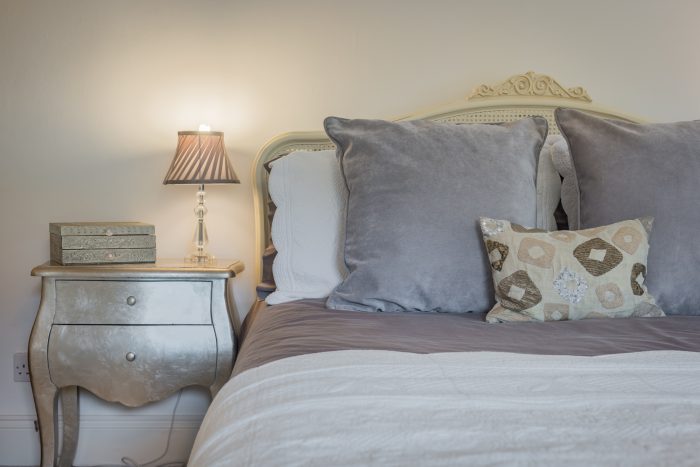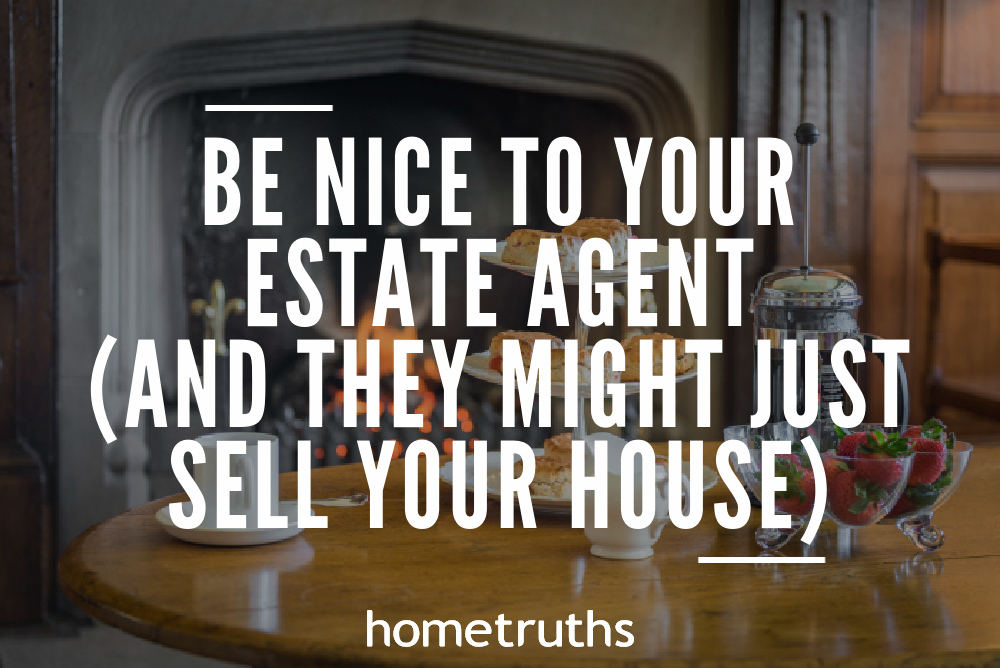When clients come to HomeTruths because they can’t sell their house, the first place I look for clues as to why this is happening, is their marketing. Now, anyone who has been reading my blog for any length of time at all, knows that property marketing is ‘my thing’ so I usually have lots to say about it! But what can a seller do when none of their local estate agents offer the kind of quality marketing I tell them is absolutely vital in selling their home for the maximum price possible? “Do it your way” I tell them. Let me explain.
There are four key components to a property’s marketing: photography, description, brochure, online advert.
Very few estate agents get all these absolutely spot on, so why not fill in the missing pieces yourself? Let’s look at these components one at a time:
- Photography – source a good local photographer, asking to see his work. If he’s worked for local estate agents before, don’t use him! You’re only going to end up with more of the same. What you’re looking for, is an innovative and creative photographer, who can really bring the best out of your home, and cares enough to switch on lights, and move your sofa in order to get the best shots.
Expect to pay: around £300
- Description – you need a copywriter for this. Start off by writing a couple of pages about your home; everything you love about it, and all the features that you think will make a buyer love it too. This will give the copywriter a head start, and something to work with.
Expect to pay: around £150
- Brochure – a great brochure designer will come up with a creative layout and even a memorable logo. Printing costs depend on the size and number of pages and what paper your brochure is printed on. Most unique homes need at least 6-8 pages in their brochure, to show off all the key selling features of their property.
Expect to pay: around £500
- Online advert – this is where your photography and description can help your advert to really stand out above the competition. Make sure your brochure is uploaded and both this and your floorplan shown as a link on all the property portals. Give it all to your agent and they will do the rest.
Expect to pay: nothing!
By allocating around £1,000 to your property marketing, you can create an amazing campaign, that will knock the socks off all the other properties for sale, Whilst it is admittedly a large up-front cost, relatively speaking, I would suggest you negotiate with your agent to make allowances for this in the commission you would be paying. A commission discount of 0.25% on most properties would allow you to recoup your investment, and you’d be doing a much better job than your agent would in selling your house.
Doing it your way is all about taking control of your own property sale; after all, it means more to you than anyone else, so put your passion and enthusiasm into creating a fabulous marketing campaign that will help your buyer to fall in love with your home, just as you once did.
If you’d like my help to sell your home more effectively, please answer a few short questions here and if I think I can help you, I’ll be in touch.


